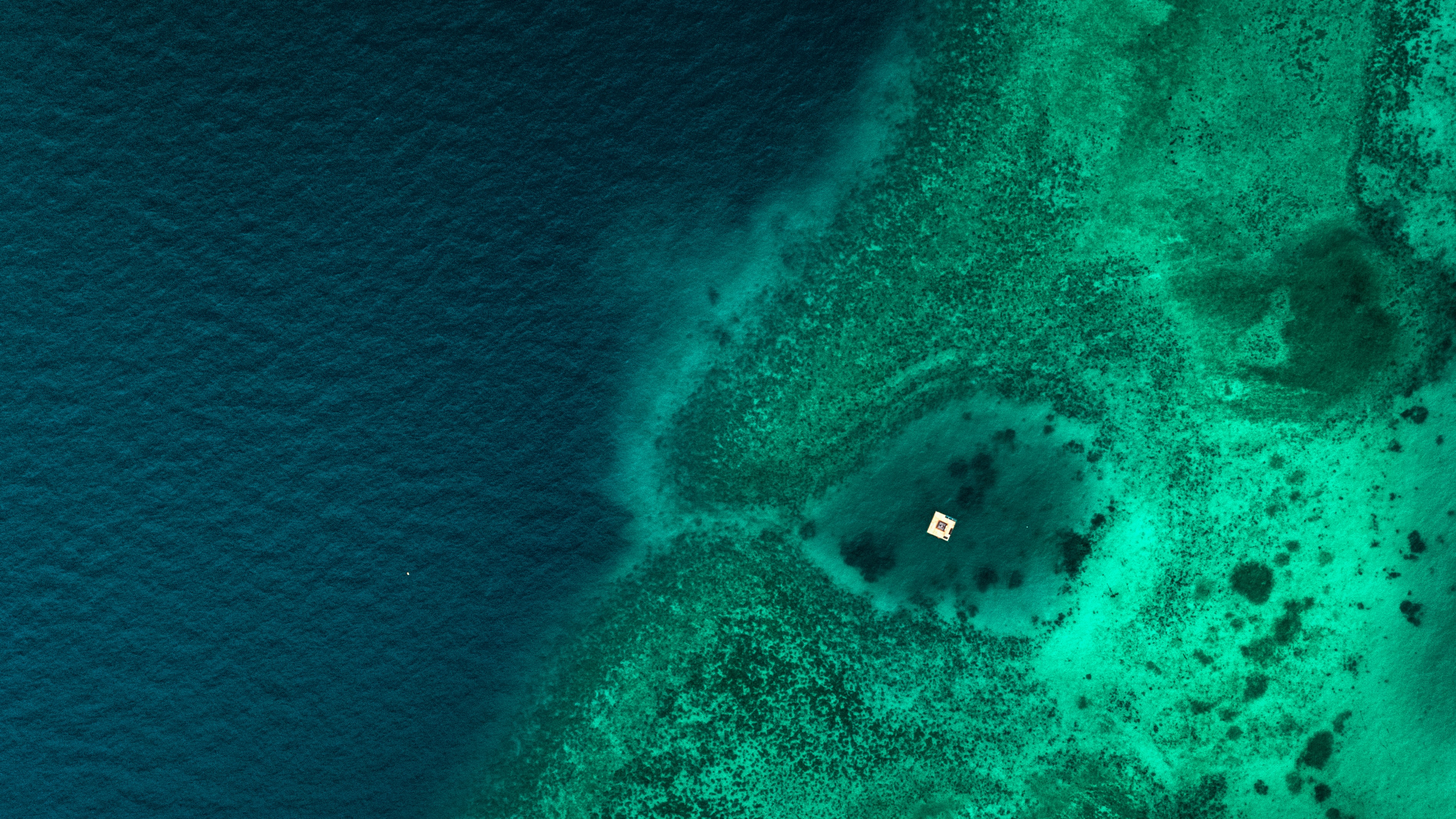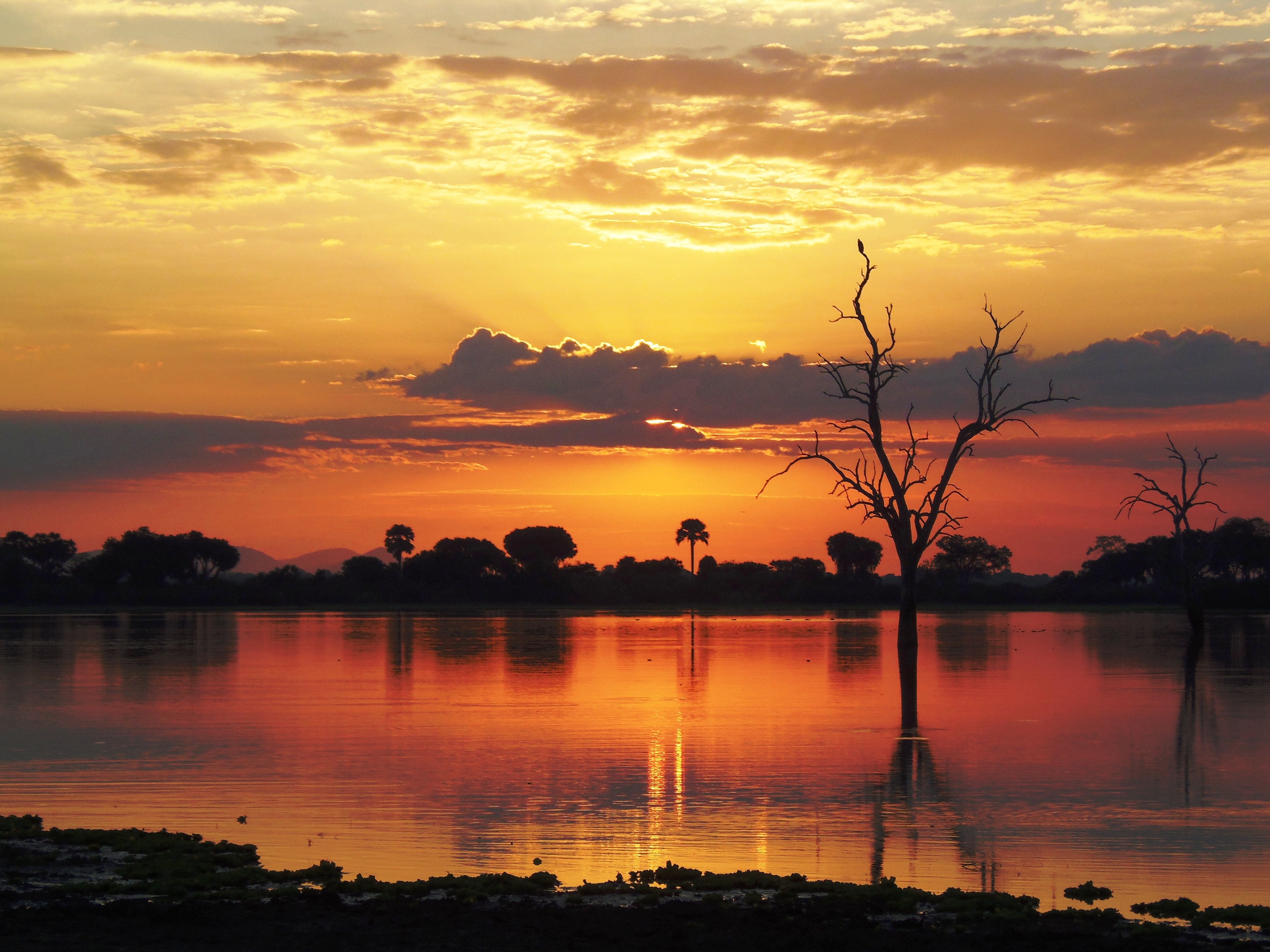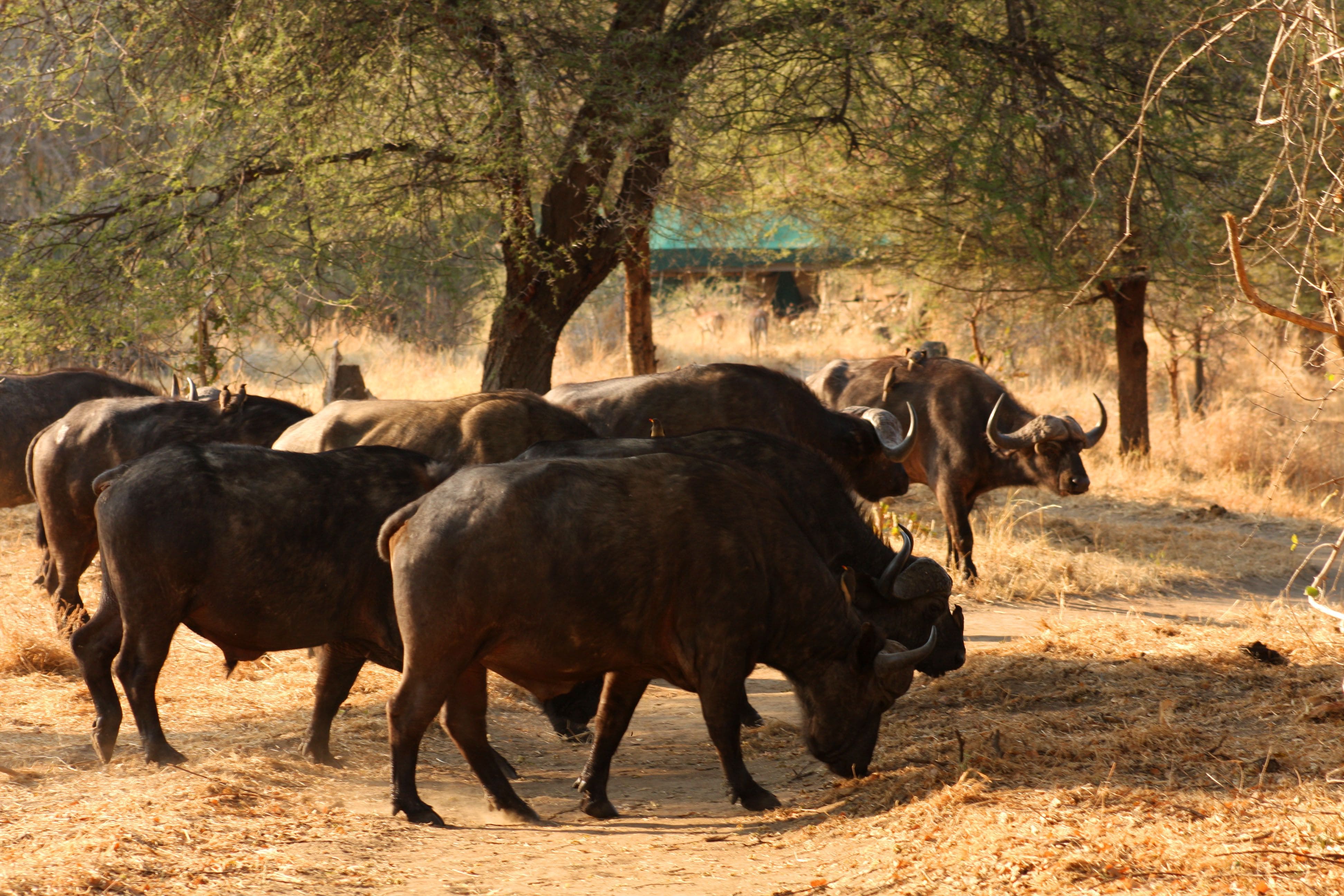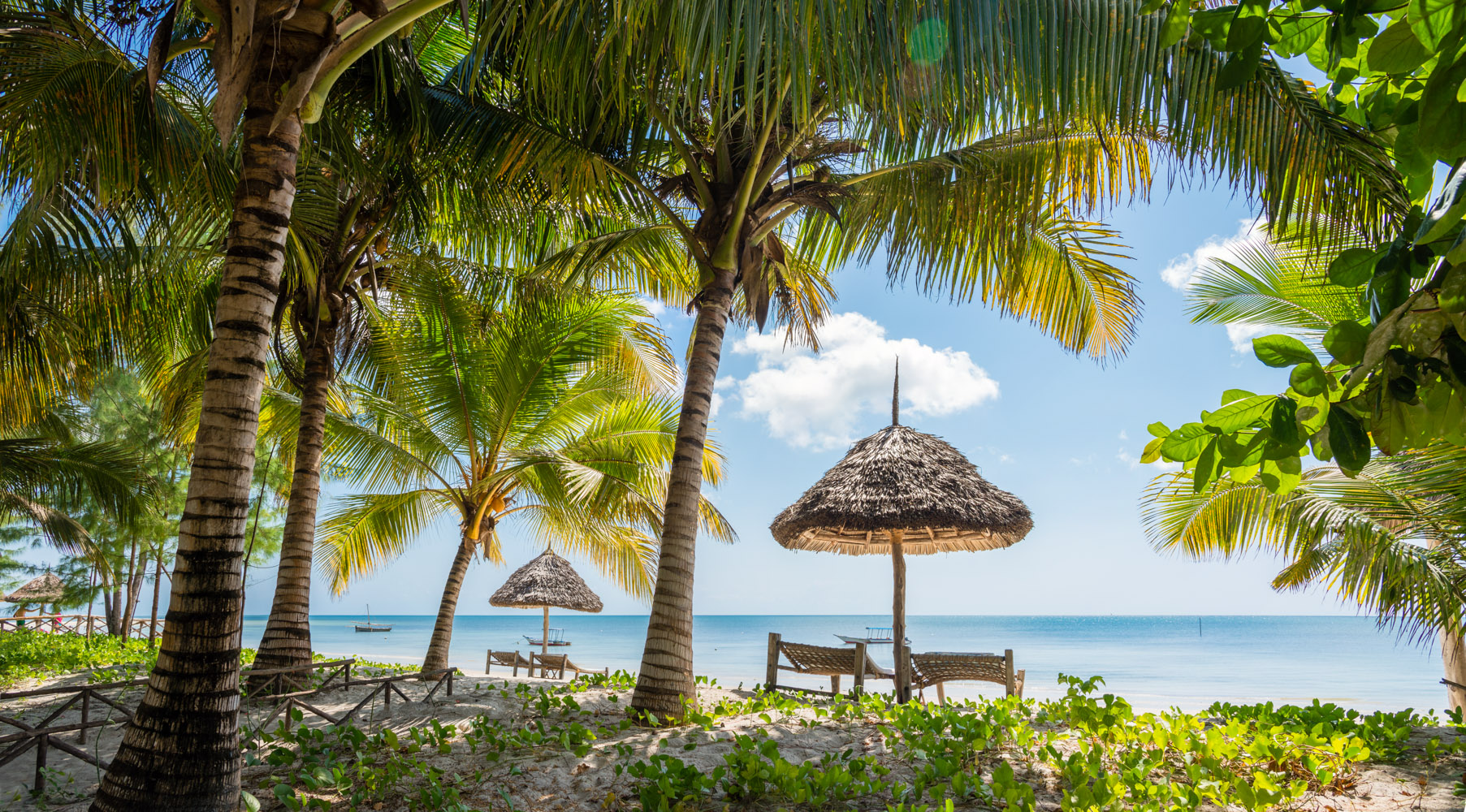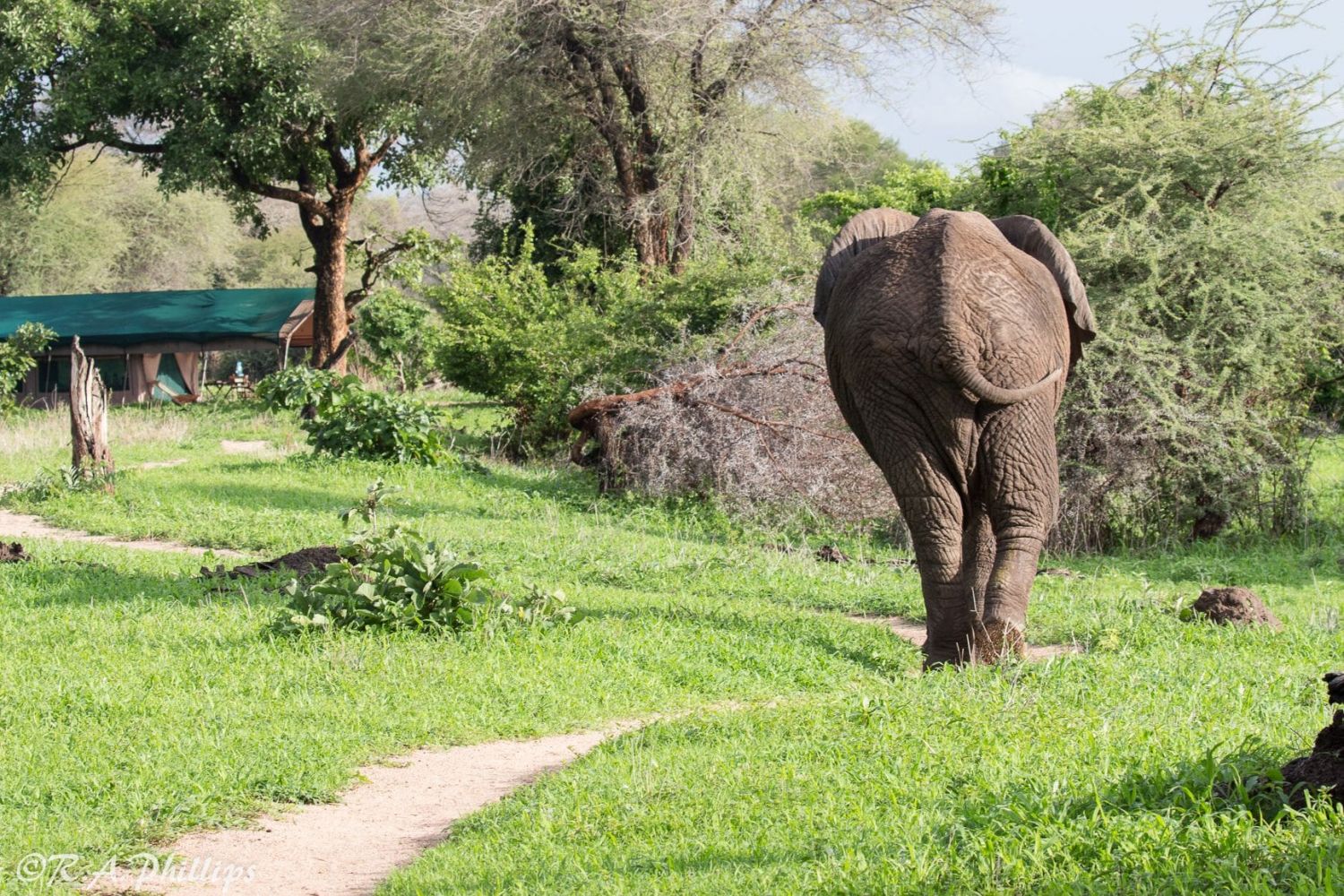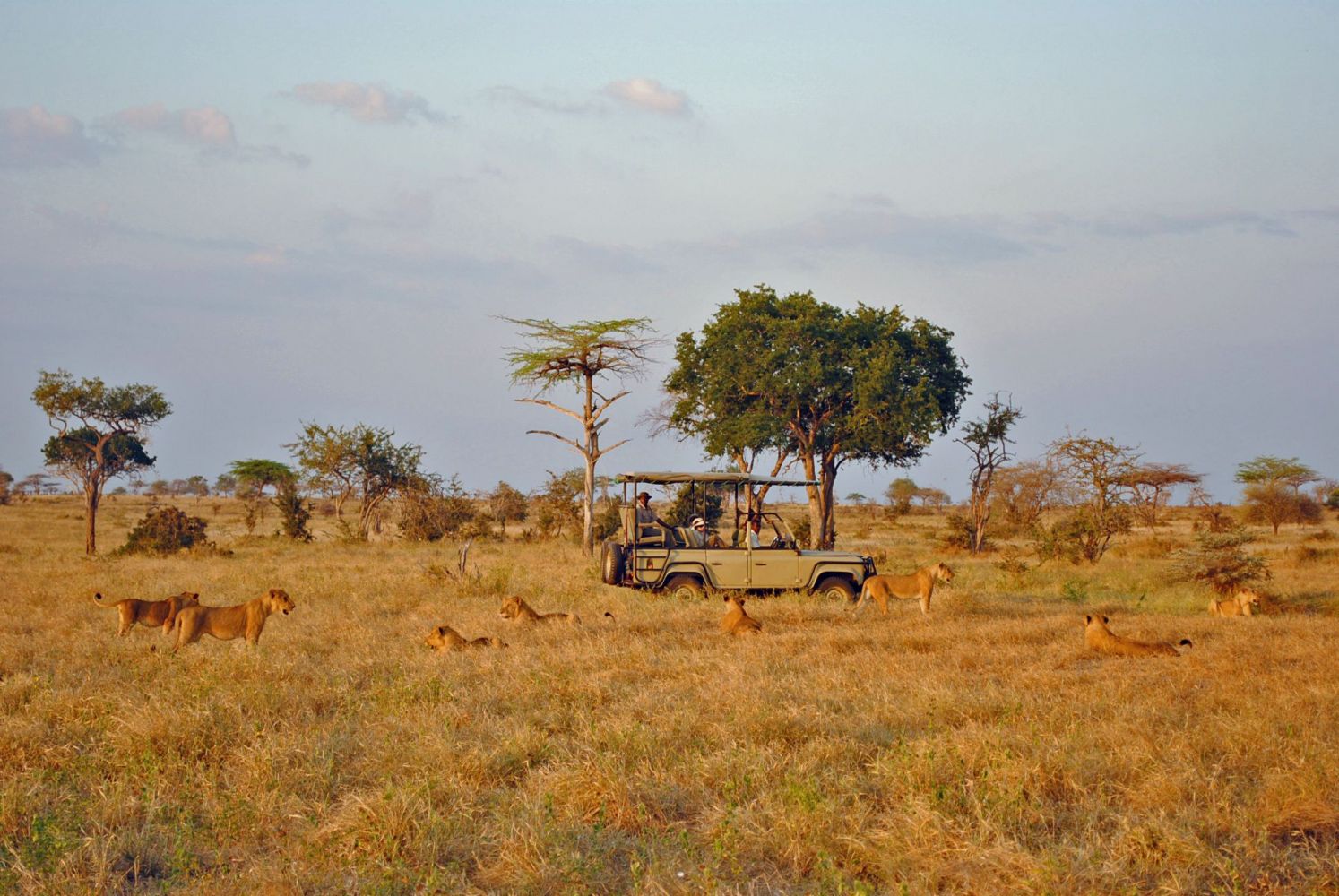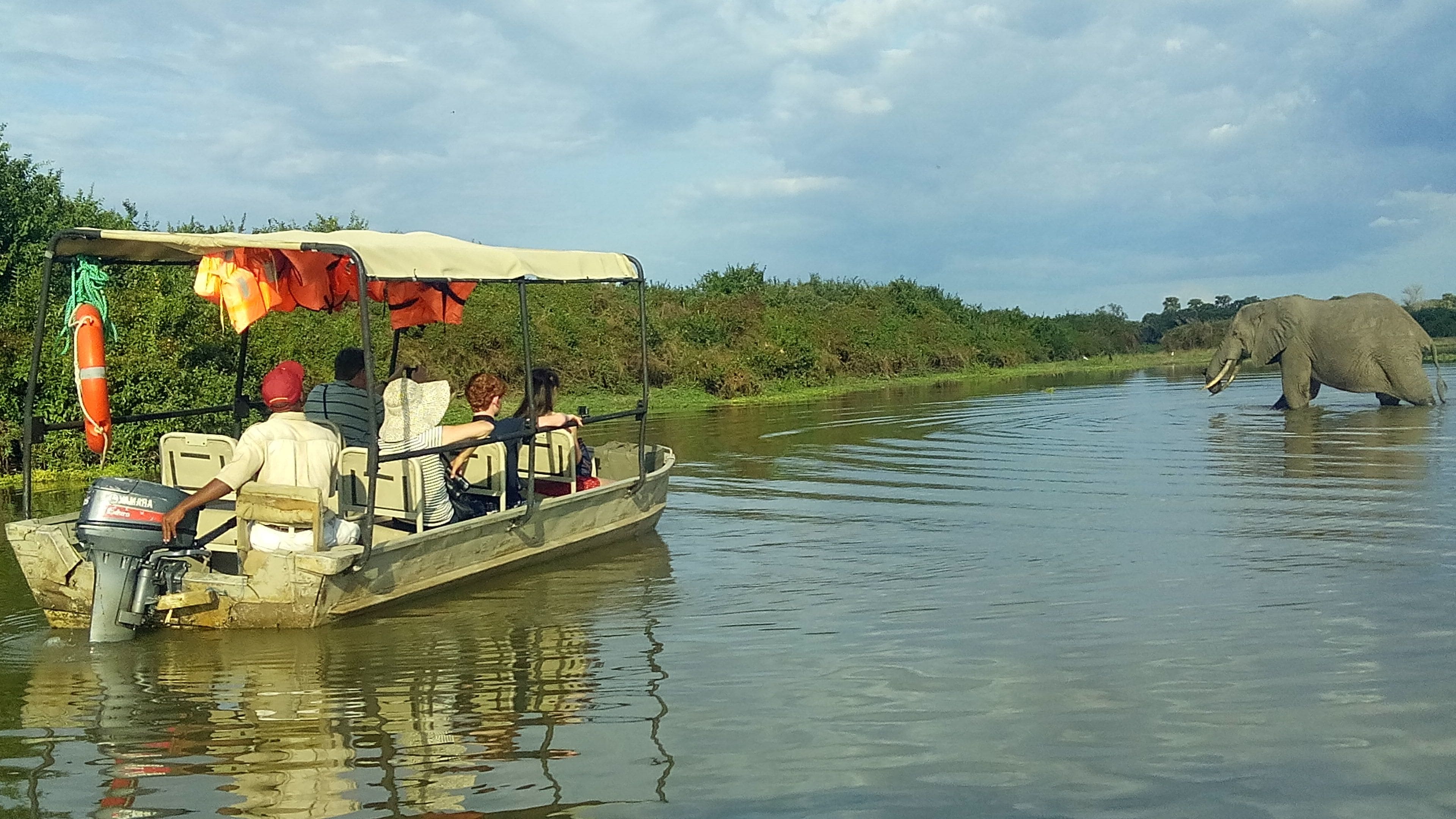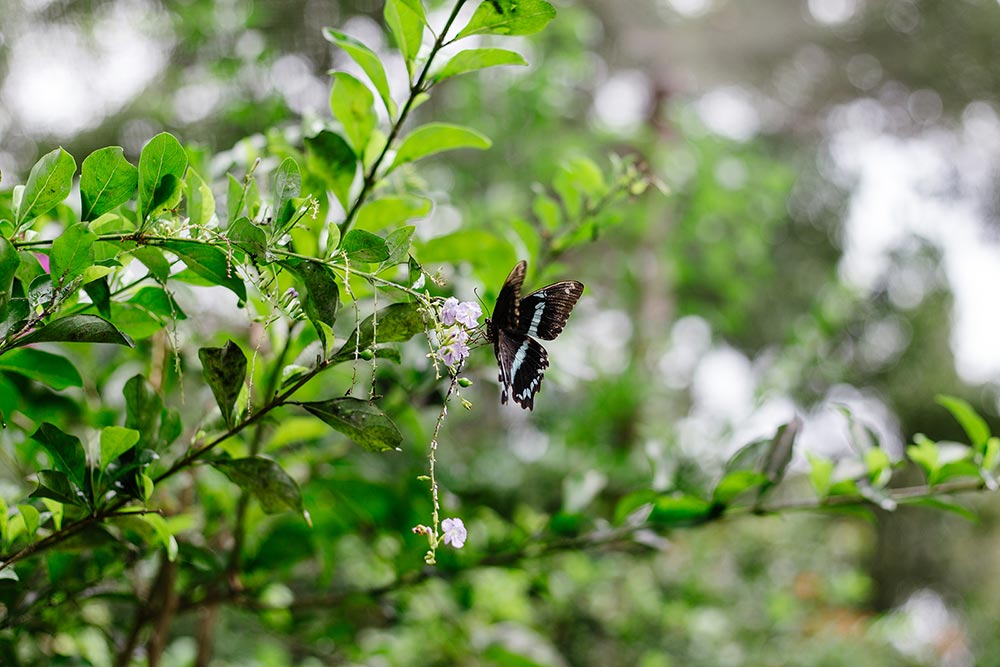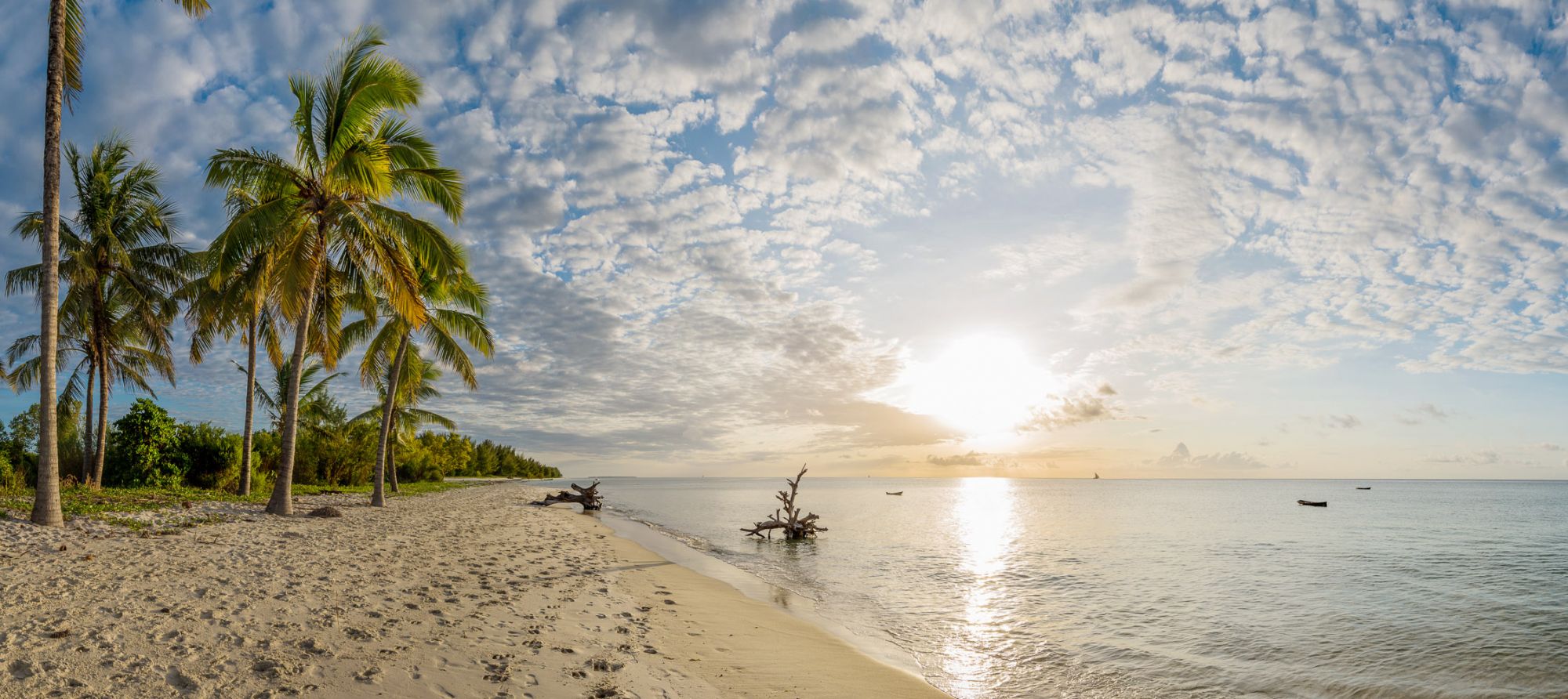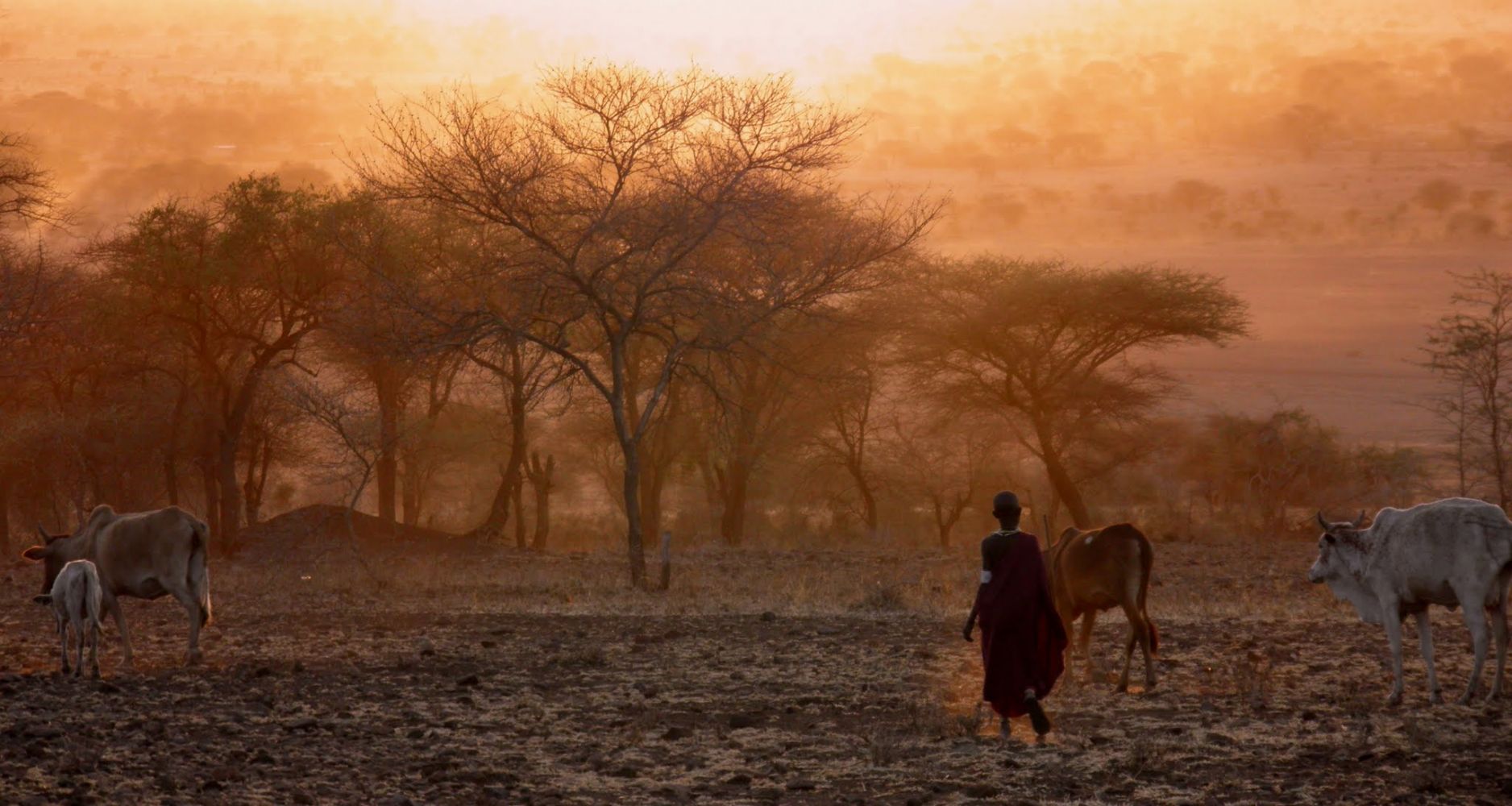Tanzania's Safari Experiences
Throughout history, Tanzania has been a place of importance. It is where the ancestors of humanity took their first steps, in Olduvai Gorge, one of the world’s most important historical sites. It is where ancient Swahili civilizations welcomed traders from across the Indian Ocean, opening its doors to the mix of influences that make its culture so unique today. It is where the outside world first fell in love with Africa.
THE NORTHERN SAFARI CIRCUIT
It is the most popular one among travellers, primarily because Tanzania’s most famous attractions are all contained within a manageable distance of each other. Mount Kilimanjaro, the Serengeti and Ngorongoro Crater, not to mention Lake Manyara and Tarangire, are stops in this circuit, which can be done by vehicle with only a few hours of driving from destination to destination.
ARUSHA NATIONAL PARK
The Arusha National Park, often overlooked in favour of its more famous neighbours, is in fact a treasure, a rich tapestry of habitats, teeming with animals and birds. From the lush swamps of the Ngurdoto Crater to the tranquil beauty of the Momela Lakes and the rocky alpine heights of Mount Meru, the terrain of the park is as varied as it is interesting.
Zebras graze on the park’s red grasslands, and leopards lurk next to waterfalls in the shadowy forest. More than 400 species of bird, both migrant and resident, can be found in Arusha National Park alongside rare primates, such as the Black-and- White Colobus Monkey. Other animals which can be found in the park are elephant, baboon, giraffe, hippo, hyena and a wide range of antelope species.
The best time to visit Arusha National Park is during the dry season from July to November, or after the short rains from December to March. The park lies just 25 km east of Arusha and is a rewarding day trip from Arusha or Moshi. Because of its close proximity to Arusha and its size, it is an ideal place for a day excursion.
LAKE MANYARA NATIONAL PARK
Tucked below the majesty of the Rift Valley wall, Lake Manyara National Park consists of a thin green band of forest, flanked by the sheer 600m high red and brown cliffs of the escarpment on one side and by the white-hot shores of anancient soda lake on the other. This wedge of surprisingly varied vegetation supports a wealth of wildlife, nourished by the streams flowing out of the escarpment base and waterfalls spilling over the cliffs.
Acacia woodland shelters the park’s famous tree-climbing lions, lying languidly among the branches in the heat of the day. Feeding in the undergrowth or dozing inthe dry riverbeds is the country’s densest populations of buffalo and elephant. Deep in the south of the park, hot springs bubbles to the surface as hippo wallow near the lake’s sedge-lined borders. The park’s dazzling variety of birds includes thousands of Red-Billed Quelea flitting over the water, pelicans, cormorants and the pink streaks of thousands of flamingos. Manyara is the perfect location for an active safari – canoeing on the lake or mountain biking and abseiling outside the park’s borders. The dry season (July to October) is best for large mammals, while the wet season(November to June) is best for bird watching, waterfalls and canoeing.
TARANGIRE NATIONAL PARK
During Tarangire’s dry season, day after day of cloudless skies seem to suck all moisture from the landscape, turning the waving grasses to a platinum blonde, brittle as straw. The Tarangire River is a mere shadow of itself, just a tickle of water choked with wildlife; thirsty antelope and elephant have wandered hundreds of parched kilometres to Tarangire’s permanent water source. Herds of elephant, three hundred strong dig in the damp earth of the riverbed in search of underground springs, while wildebeest, zebra, buffalo, and gazelle mingle with rare species such as eland and oryx around each shrinking lagoon. Python climb into the shade of the trees that line Tarangire’s massive southern swamps and hang there like giant malignant fruit, coils neatly arranged over the branches in a perfect sphere. Tarangire in the dry season enjoys the greatest concentration of wildlife outside the Serengeti ecosystem. Tarangire’s huge herds of elephant rival the park’s gigantic, squat baobab trees as its most celebrated feature – ancient matriarchs, feisty young bulls and tiny, stumbling calves are present to fascinate visitors with their grace, intelligence and majesty.
The best time to visit Tarangire for wildlife viewing or walking is the dry season, from June to October.
NGORONGORO CRATER
The Ngorongoro Conservation Area is a UNESCO World Heritage Site, and International Biosphere Reserve, covering almost 8.300 sq km with altitudes ranging between 1.020m to 3.577m. Frequently referred to as the eighth wonder of the world, the area encompasses a blend of landscapes, archaeological sites, people and abundant wildlife that is unsurpassed in Africa. Featuring volcanoes, grasslands, waterfalls and forests, it is home to the nomadic Maasai. The centrepiece, and major landmark, of the Conservation Area is the breath taking Ngorongoro Crater, a natural amphitheatre surrounded by steep walls rising over 600 metres from the crater floor. It is one of the world’s greatest natural spectacles whose magical setting and plentiful wildlife never fail to thrill visitors. The crater is a natural sanctuary for some 30.000 animals including the “big five” of buffalo, elephant, leopard, lion and rhino. It is also home to cheetahs, hartebeests, hippos, hyenas, jackals, reedbucks, serval cats, warhogs, waterbucks, wildebeests, zebras and many bird and insect species.
SERENGETI NATIONAL PARK
Each year more than six million hooves pound the legendary Serengeti’s endless plains. Triggered by the seasonal rains, more than a million wildebeest, 200.000 zebra and 300.000 Thomson’s gazelle gather to undertake their long trek to new grazing lands. The wildebeest rutting season is a frenzied three week long bout of territorial conquests and mating, followed by survival of the fittest as the 40km long columns plunge through crocodile infested waters on the annual exodus north. Replenishing the species is the brief population explosion that produces more than 8.000 calves a day before the 1.000 km pilgrimage begins again. Tanzania’s first and most famous park, the Serengeti, is renowned for its wealth of leopard and lion. The vast reaches of the park are a hiding place for the endangered Black Rhino and provide a protected breeding ground for the vulnerable Cheetah, alongside the Serengeti’s thousands of other diverse species, from the 500 varieties of bird to 100 different types of dung beetle. After the rains, the Serengeti’s magical golden horizon is transformed into an endless green carpet, flecked with wildflowers. The famous plains are interspersed with wooded hills, towering termite mounds, monumental rocky kopjes, and rivers lined with elegant acacia trees.
To search for the at-times exlusive wildebeest migration, visit the Serengeti from December to July. To see predators, June to October is the best months. For the best chance of finding the migration, allow a minimum of three days, longer if possible.
THE EASTERN SAFARI CIRCUIT
SAADANI NATIONAL PARK
The Saadani National Park is the perfect union of beach and bush. Located just 70 km north of Bagamoyo and immediately accessible by paved road from Dar es Salaam, Saadani has recently become a fully protected national park and is a popular day-trip from beach resorts scattered along Tanzania's northern coast.
The Wami River, which passes through Saadani National Park and empties into the Indian Ocean, hosts a large population of hippos, crocodiles, flamingos, and many other large bird species. Elephants have been rumoured to be seen bathing and playing on Saadani's beach, especially in the early hours of the morning. A good choice for visitors in Dar es Salaam or Zanzibar who don't have time for longer safaris to visit more remote parks around the country, Saadani is easily visited for a day trip or over a weekend.
THE CENTER SAFARI CIRCUIIT
RUAHA NATIONAL PARK
Ruaha National Park is located on the center of Tanzania about 100 km west of the town of Iringa. It is the second-largest in the country, after the Serengeti with a surface area of 10 300 square kilometers. It takes its name from the Ruaha River that runs through it, which is one of the only permanent water sources in the dry season and therefore attracts a very high concentration of wildlife. The area has been protected since 1951.
The park is famous for its elephant herds, the largest in East Africa. Between 10,000 and 12,000 elephants congregate in the Ruaha Valley during the dry season. A wide variety of antelopes can also be found in the park, including black hippotragus, defassa cob, impala and greater kudu. Among carnivores, hyenas, leopards and cheetahs are relatively common, while small populations of lions, wild dogs and jackals remain. Many crocodiles and hippos live along the river. The remaining water falls along the Great Ruaha River are also important habitat for hippopotamus, fish and crocodiles.
Finally, the park is particularly popular with birders. More than 1,450 species of birds have been identified here.


